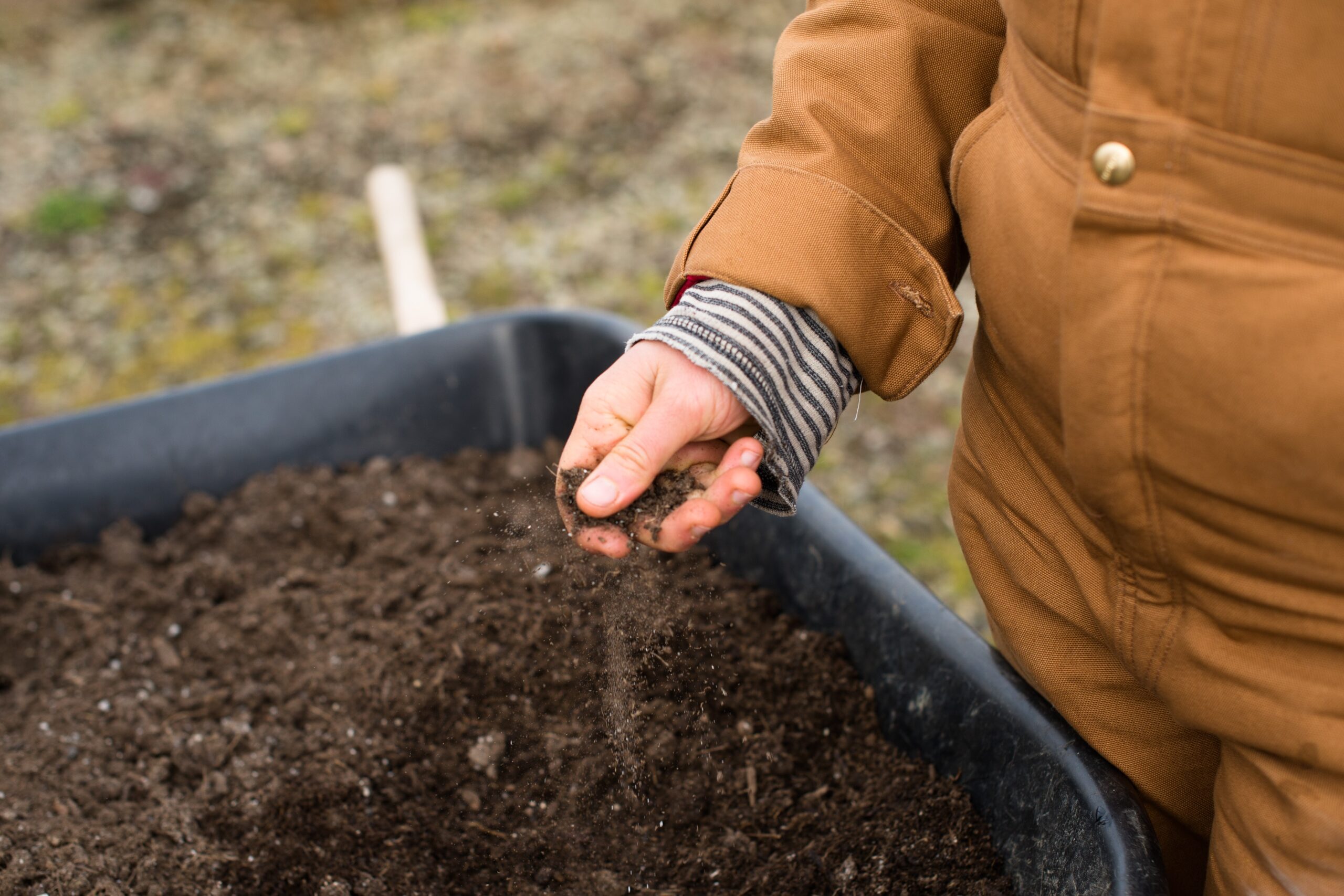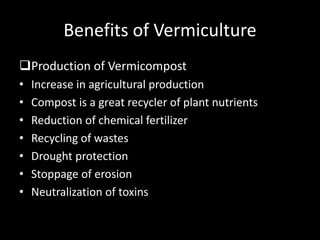See This Report about Red Wiggler Express
See This Report about Red Wiggler Express
Blog Article
The Red Wiggler Express Statements
Table of ContentsThe smart Trick of Red Wiggler Express That Nobody is Discussing10 Simple Techniques For Red Wiggler ExpressTop Guidelines Of Red Wiggler ExpressRed Wiggler Express - The FactsSee This Report about Red Wiggler Express

If you're at all in tune to the farming news of late, you're well conscious that soil health and wellness is in decrease all over the globe a concern that is having a devastating impact on our food systems. The response to this worldwide issue? Worms.
Some start vermicomposting as a pastime and scale up, whereas others have the purpose right from the begin to produce a profit-making organization. They may be farmers, neighborhood yard volunteers, entrepreneurs, landscaping companies, greenhouse cultivators, or staff at establishments that create food waste.
Indicators on Red Wiggler Express You Should Know
One of one of the most common factors for venturing into business vermicomposting is the desire to reuse natural waste right into products that improve dirt and plant wellness. Dirt health has lately come to be an essential worldwide worry. The United Nations Food and Farming Company declared 2015 the International Year of Dirts to raise recognition of soil's role in food protection and healthy ecosystem function.

In the inside of a landfill, organic materials break down in an anaerobic setting and launch methane, a greenhouse gas that is 25 times more powerful than co2 (Bait). A far better option to landfilling food waste and other natural materials is to vermicompost them. What was when thought about waste can be changed into important products that nurture soils and plants
The smart Trick of Red Wiggler Express That Nobody is Talking About
For the past 25 years in lots of files, book chapters, and interviews, I have referred to the completed item of vermicomposting as vermicompost. This term is frequently utilized to determine the mix of earthworm spreadings (feces) and uneaten bed linens and feedstock (organic product) that is collected from worm beds.
After considerable idea, I decided to use the term vermicast throughout this publication, for 2 essential reasons. One is because many individuals use the terms compost and vermicompost reciprocally, not recognizing that the end product of vermicomposting is qualitatively various from compost. I assume it would benefit the vermicomposting industry to distance itself from the term compost in describing its items.
Composting is the regulated process of transforming natural materials into a valuable soil modification under aerobic problems making use of naturally generated warmth. In contrast, a vermicomposting stack or worm bin must be preserved to ensure that it does not heat up. In More about the author a compost heap the kinds and quantities of species of bacteria change when the stack gets to thermophilic temperatures of 106F (41C) or higher.
The 4-Minute Rule for Red Wiggler Express
The bottom line marking the difference in between compost and vermicast, however, (https://pxhere.com/en/photographer-me/4418142) is that the last has passed via earthworms. Hence, vermicomposting is more similar to livestock production than to composting; it calls for animal husbandry skills to properly look after the worms. A 2nd reason to use the term vermicast is to prevent item labeling that can be perplexing to consumers.
Creative Commons. Worm casting is the end product of worm food digestion and can be just referred to as worm manure. It is abundant in organic matter and useful microbes that generate and aid your garden. Research study performed by Professor Arancon from the College of Hawaii at Hilo has actually shown that utilizing earthworm soil modifications enhances the development, flowering, and return of plants such as bell peppers, strawberries, and grapes.
Sustainable gardening is exercised when no-cost or low-cost changes such as using worm casting from vermicomposting is incorporated. Collected natural issue in vermicompost bins. Photo by Maggie Chen. Worms play this integral duty in the vermicomposting process and also in mitigating the impacts of climate adjustment. Land fill gas (LFG) is produced as a natural byproduct of natural product decomposition, such as food waste disintegrating in garbage dumps.
In the previous two hundred years after the Industrial Revolution, methane concentrations within the atmosphere have greater than increased due in huge part to anthropogenic human-related activities (Fishing). Around half of LFG released from garbage dumps is co2 and the remainder is a small percent of non-methane organic substances. Methane is a powerful greenhouse gas that stays in the atmosphere for a much shorter time in contrast to carbon dioxide however both are launched in the atmosphere in huge amounts from differing sources one of which is natural product disintegration from land fills
Get This Report on Red Wiggler Express

Is there a food waste or vermicomposting system on your local campus? It is seen that long-term and impactful actions on a system wide scale can start with a single little worm. Worms might be typically connected with this gory and scary period, but when thinking about the interconnected impact of the vermicomposting process (on improving soil health and plant growth in your garden, mitigate environment modification, and equipping pupils) offer some gratitude to the bountiful advantages that worms provide.
Report this page